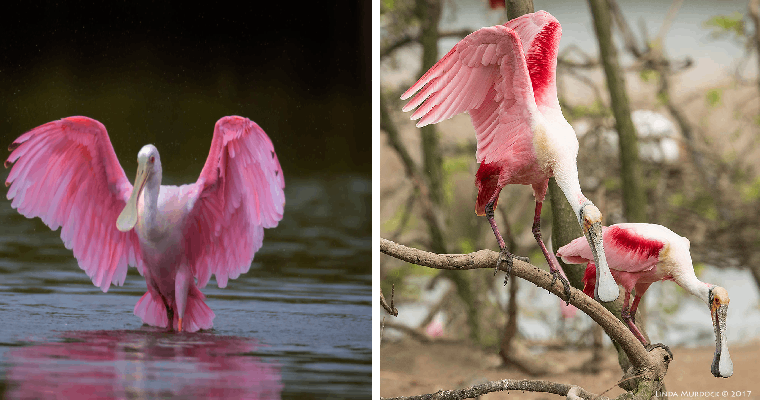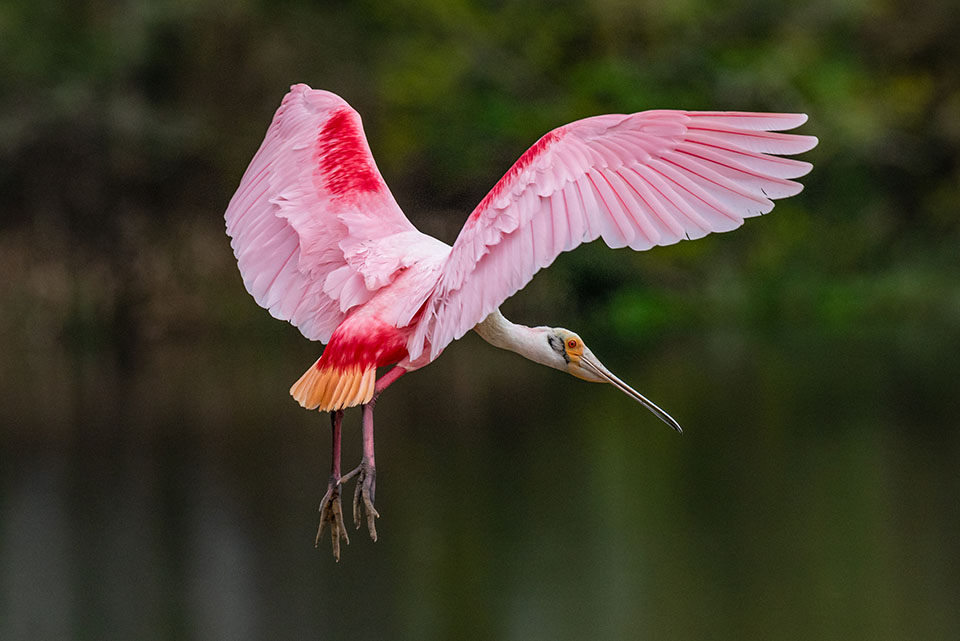
Pink Spoons may look like flamingos, but they’re not. Native to the Americas, these large, pink birds get their coloration from a special source. They can be found in zoos around the world. And, if you’re lucky, you might see one in its natural habitat the next time you visit the southernmost part of Florida.
Read on to learn more about the pinky spoon facts!



One of the more intriguing facts about the pink spoon is that these third parties come together. They are very social and are often seen wading in shallow bodies of water with other members of their species. They also fly together in diagonal line formations, similar to geese. When the time comes to raise their young, they divide into pairs.




Although they are not as big as vultures, condors, albatrosses or eu, roseate shovelers are not all small. Adults are between 28 and 34 inches tall and weigh about five pounds. Their wings are up to five feet wide and they have long, slender legs. Their fillers are perhaps the most notable of them, after their pink coloring. Both males and females grow to approximately the same size. With their long legs and long, flattened tusks, pinky dippers are perfectly adapted for life in warm, shallow water.

One of the most prominent rosy spoon facts is that while they are colored like flamingos, they actually belong to an entirely separate third-party family. The reason that both pink spoonbills and flamingos are pink is their diet; they eat some of the same things. For both species, the young look like paler versions of the adults. As they grow, they will develop bright pink and red coloration. Differences in appearance arise from different locations and variations in diet, as well as age and time of year.








